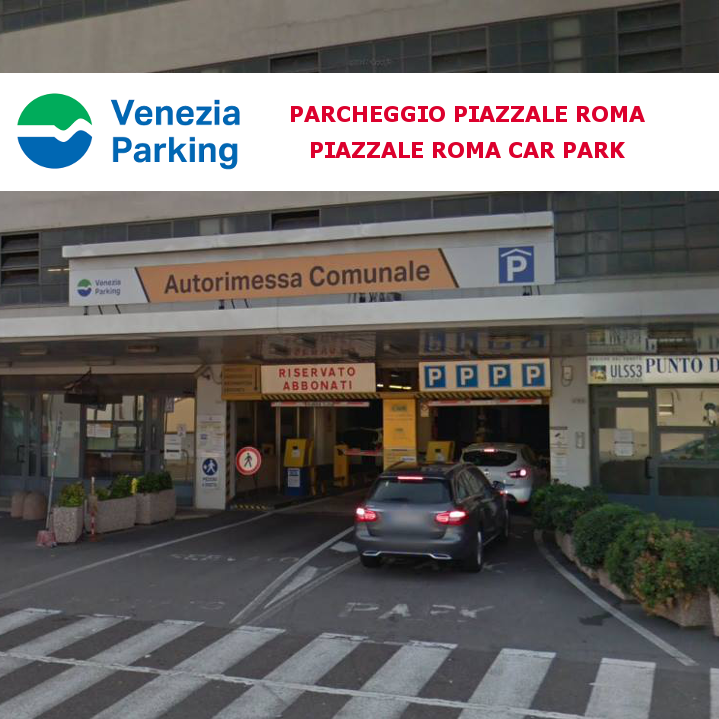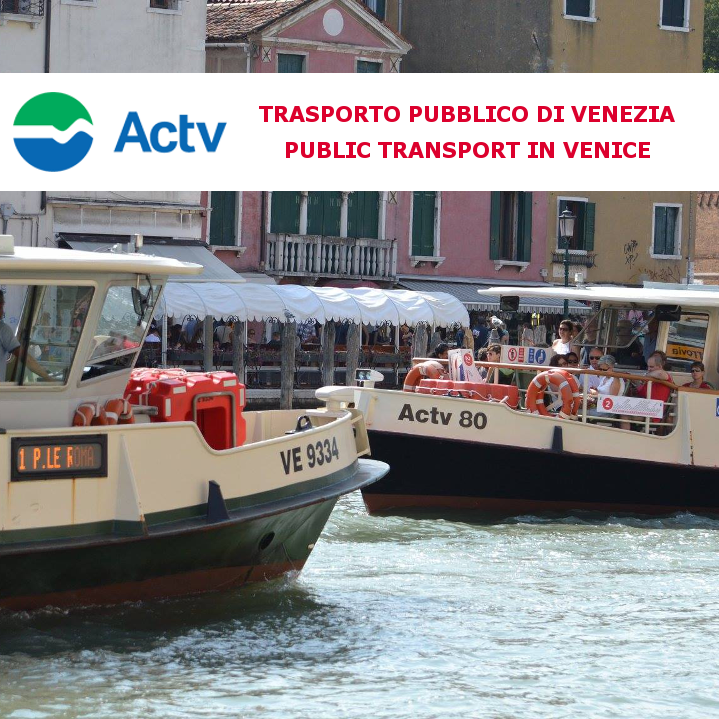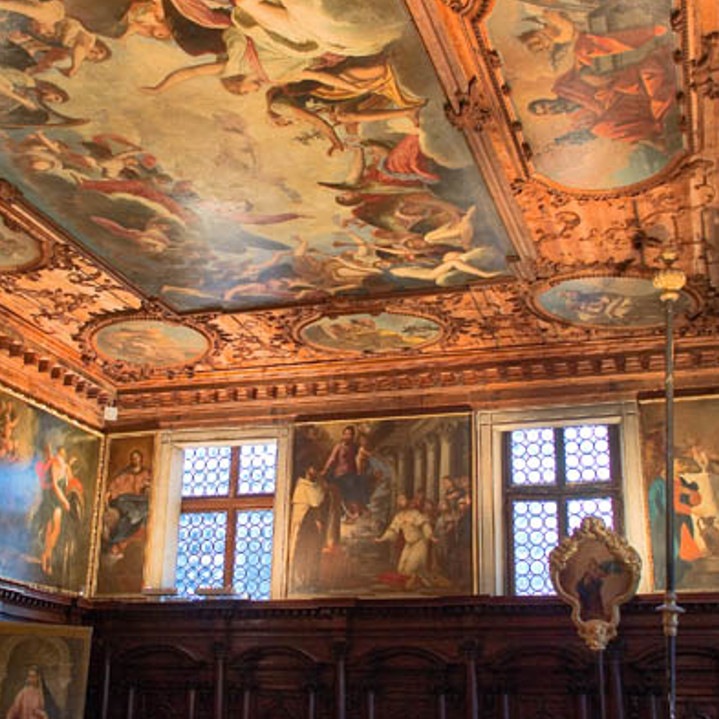You are here
The Lido's and Pellestrina's beaches
THE LIDO'S AND PELLESTRINA'S BEACHES
Pellestrina
ph. Karl Joaentges
On one side is the lagoon, on the other the sea. In the middle are two thin strips of land, the Lido of Venice and Pellestrina. In every season they are the perfect setting for a slow itinerary to discover villages rich in history, wild nature, popular traditions and authentic flavors.

ph. Consorzio Venezia e il suo Lido
THE VENICE LIDO'S BEACHES
The Lido's first bathing establishment was inaugurated in 1857: during the next few decades the island become known as one of the most exclusive seaside resort in Europe, popular with royalty, famous actors and artists.
Today the Lido has 10 kilometres of coastline, with beautiful Blue Flag beaches, golden sand and clear blue waters, rich in marine fauna, ideal for every type of traveller: for those who love the independence of the public beach, for those who prefer the comfort of the equipped beach, for sports, running and diving enthusiasts.
The most distinctive aspect of the Lido waterfront is the traditional huts, cabins with verandas and tents that can be used by several families, which are now part of the Lido landscape.
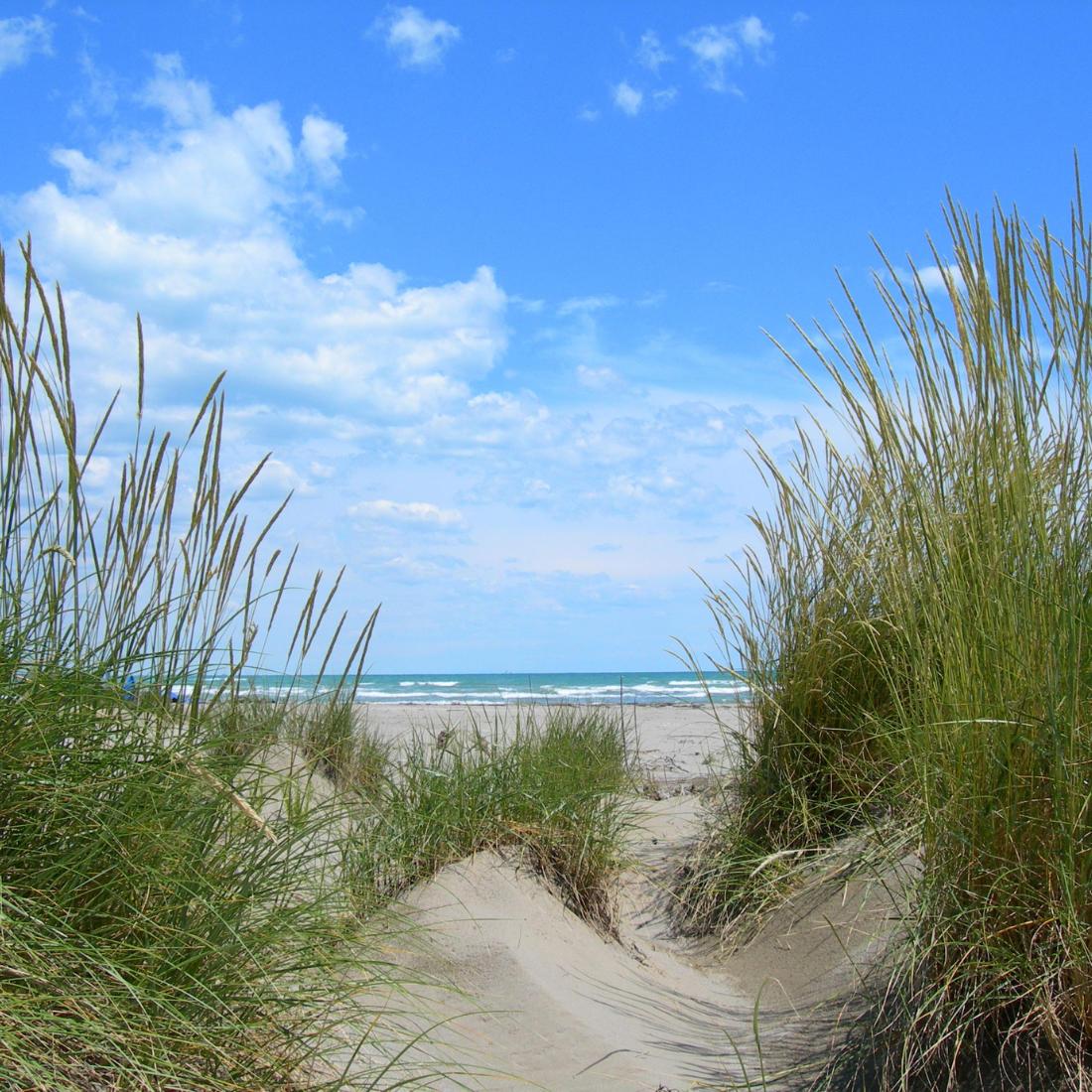
ph. AnnaBella Saccone
THE PROTECTED NATURAL AREAS
For those who love unspoilt, wild beaches, there is the San Nicolò nature area, in the northernmost part of the island, a biodiversity treasure trove of a pine forest, dunes and a sandy beach, and the WWF Oasis of the Dune degli Alberoni, at the other end of the island, to the south: a two-kilometre-long succession of beach and dunes, with a 30-hectare pine forest behind it.
Both protected natural areas have a unique habitat chosen by numerous birds that stop or winter here; protected species such as the Kentish plover and the little tern also nest here.
A short walk from the WWF Oasis at Alberoni is also the Venice Golf Club, one of the oldest in Italy and the only course in Venice, created in the early 1930s by Count Giuseppe Volpi di Misurata: a green area of over 100 hectares.
From October to April you can also explore the Lido on horseback, an experience suitable for the whole family.
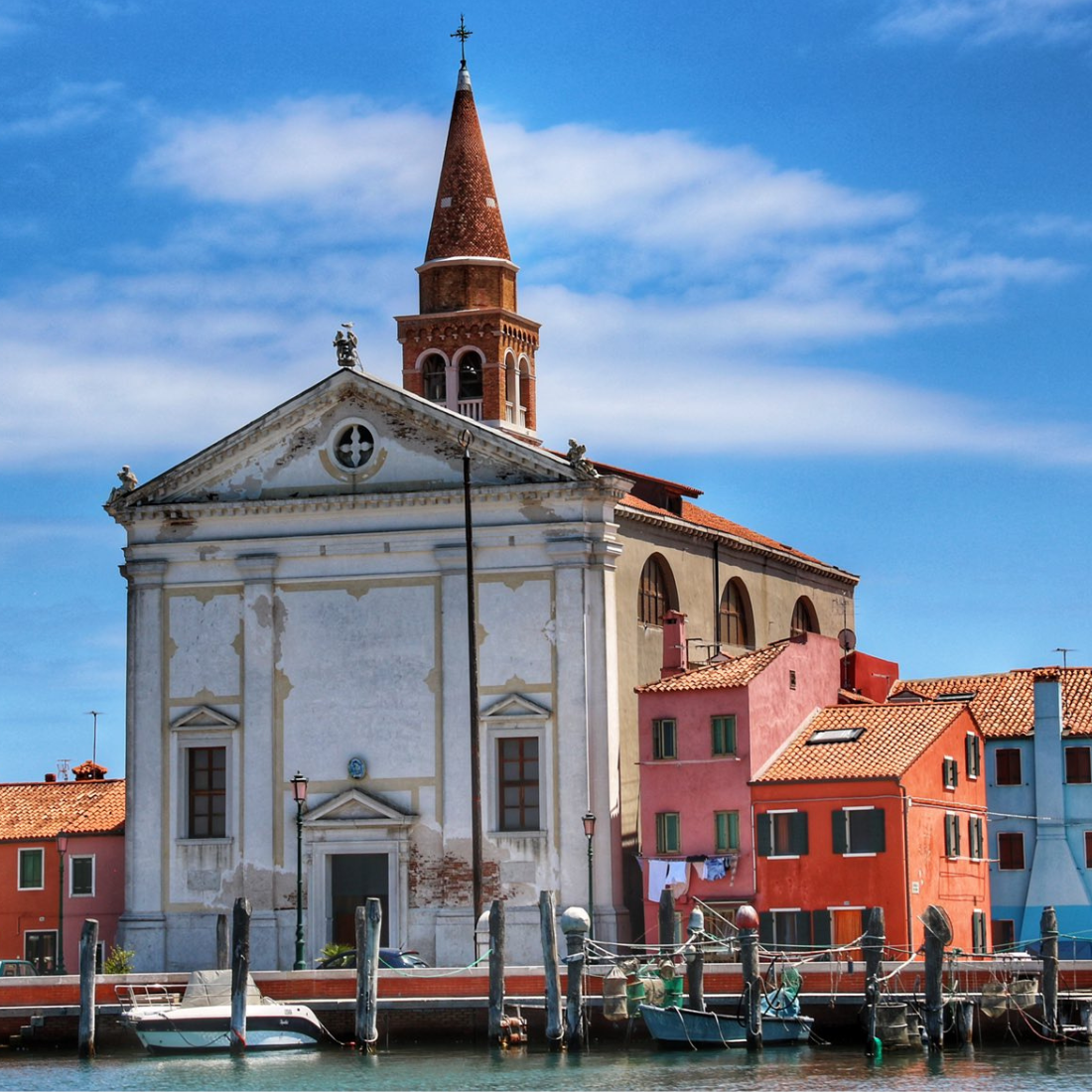
ph. Ufficio Stampa Comune di Venezia
PELLESTRINA, A PEACEFUL ISLAND, HOME TO FISHERMEN AND LACEMAKERS
Small villages with colourful houses overlooking the lagoon, gardens in bloom, a couple of restaurants where you can taste the real traditional cuisine, sandy beaches frequented only by the locals, a tranquil seafront for lovely walks and forty hectares of a protected nature reserve - all this is Pellestrina island, a thin stretch of land between the Adriatic sea and the lagoon.
There are no bathing facilities or beaches in Pellestrina. Arriving at the most southerly point, the wildest area of the island can be enjoyed: Ca’ Roman, a green oasis with a large free dune beach, which is also part of a Lipu protection zone.
To visit the area and learn about its fauna, Lipu organises boat trips in mid-May and early October.
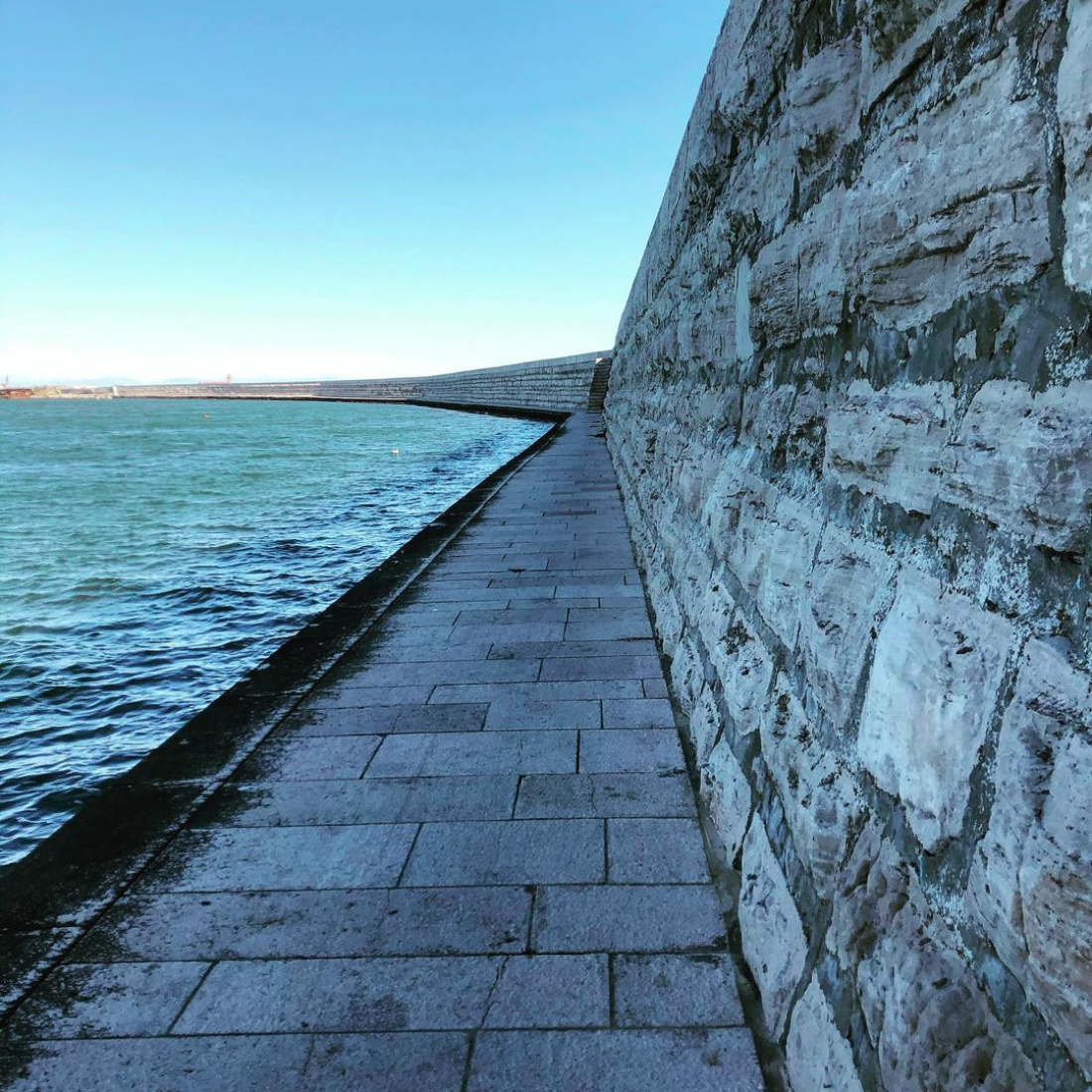
ph. @chicchitudine via Instagram
THE MURAZZI AND THE TEGNÙE
Reinforcing the eastern side of the island are the Murazzi, mighty embankment walls made of Istrian stone, one of the most imposing sea defences erected in the 18th century by the Serenissima to cope with sea storms.
The story of the Murazzi and the 1966 flood is told through reconstructions, photos and films in the Small Museum of the Southern Lagoon, in the village of San Pietro in Volta. Today the Murazzi are frequented by those who like to sunbathe in peace.
If you are an expert snorkeller and diver, then the sea off Pellestrina will reveal a submerged treasure of rocks to be discovered with mask and scuba tank: the 'tegnùe', or 'retained' in Venetian, so called because these seabeds used to hold fishing nets. These are rock formations at a depth of 20 metres, a true ecological niche rich in fish, crustaceans, actinias and corals!



